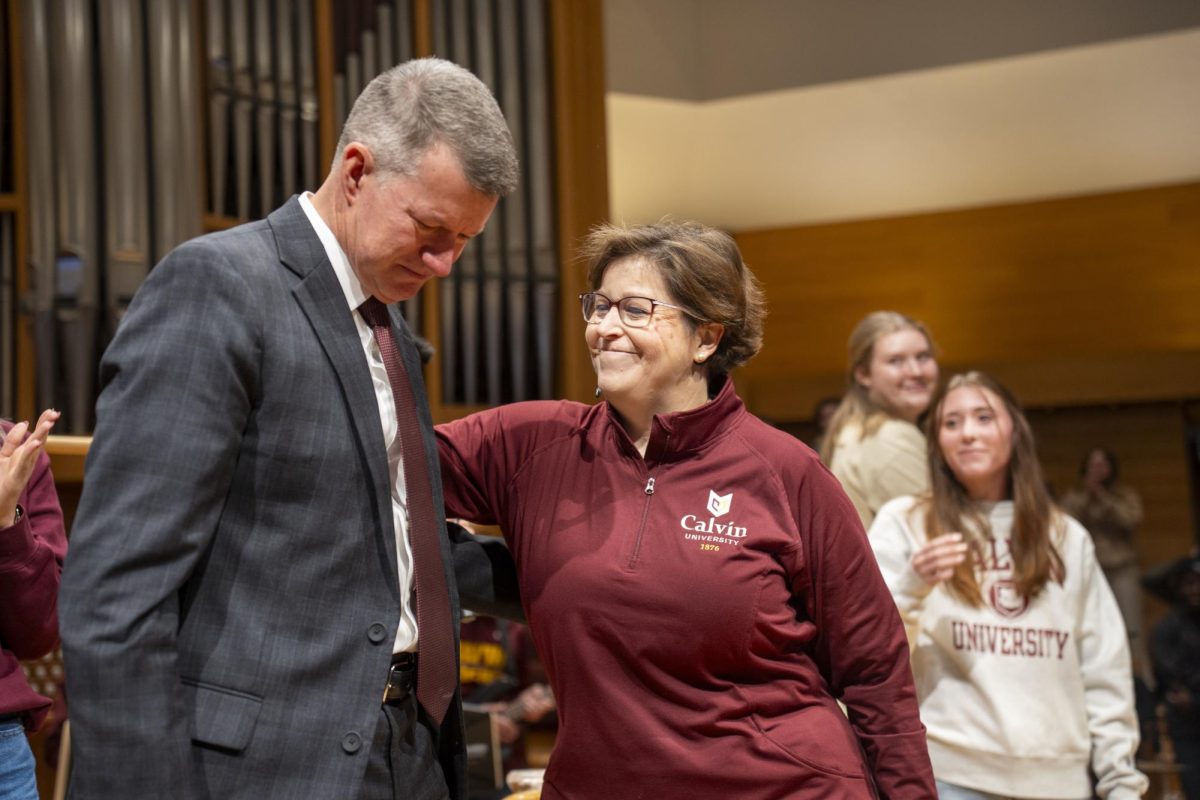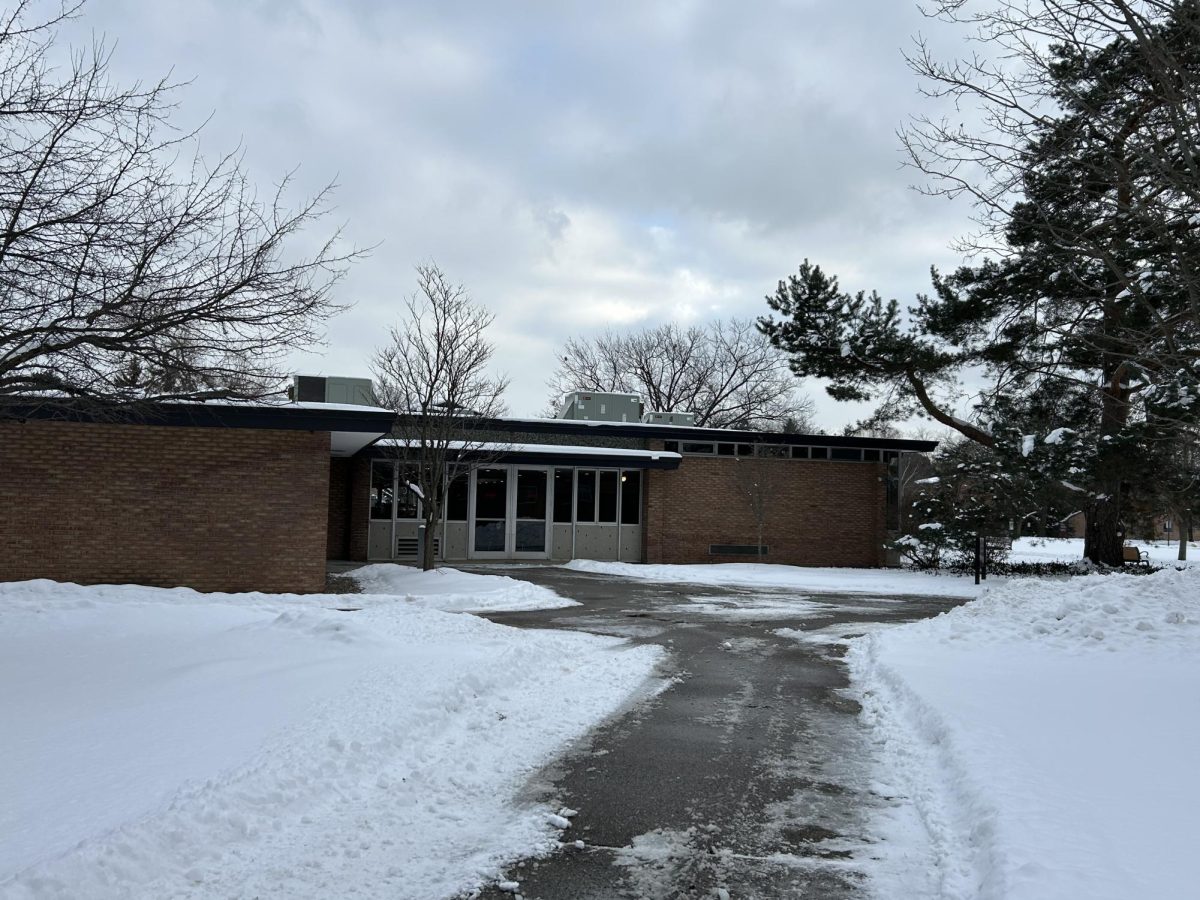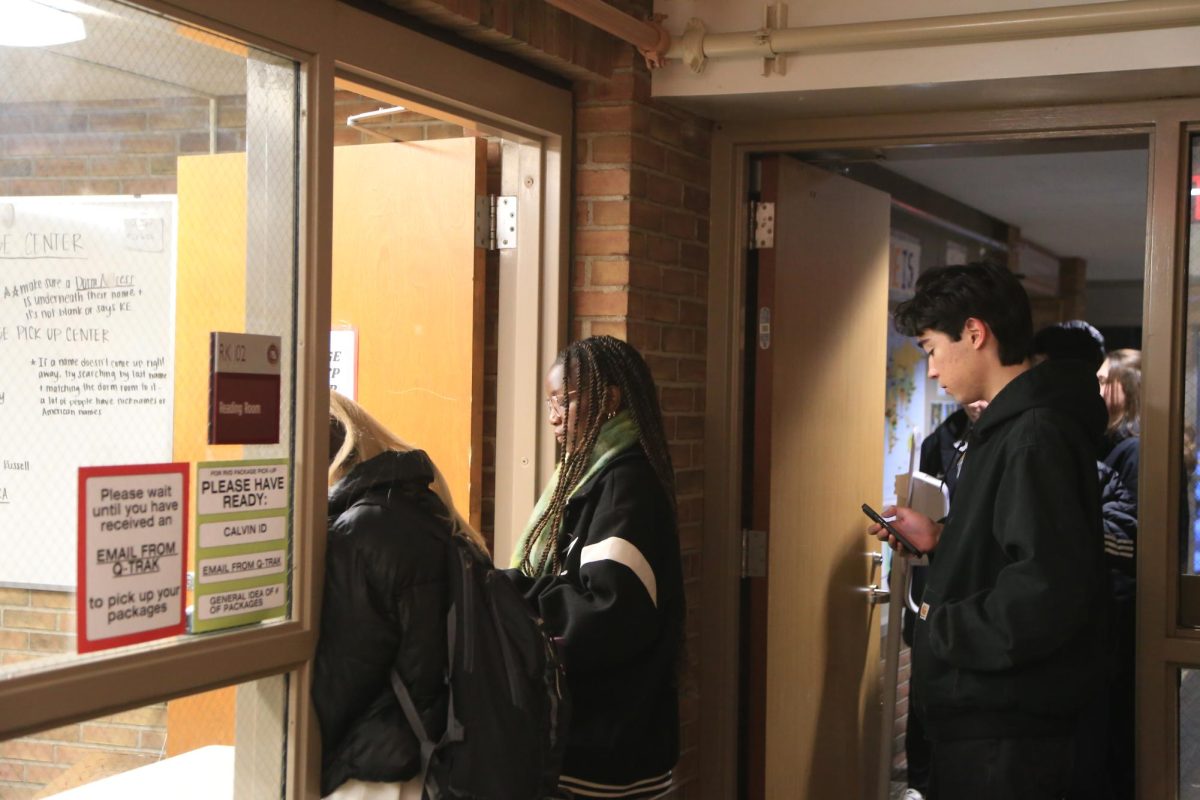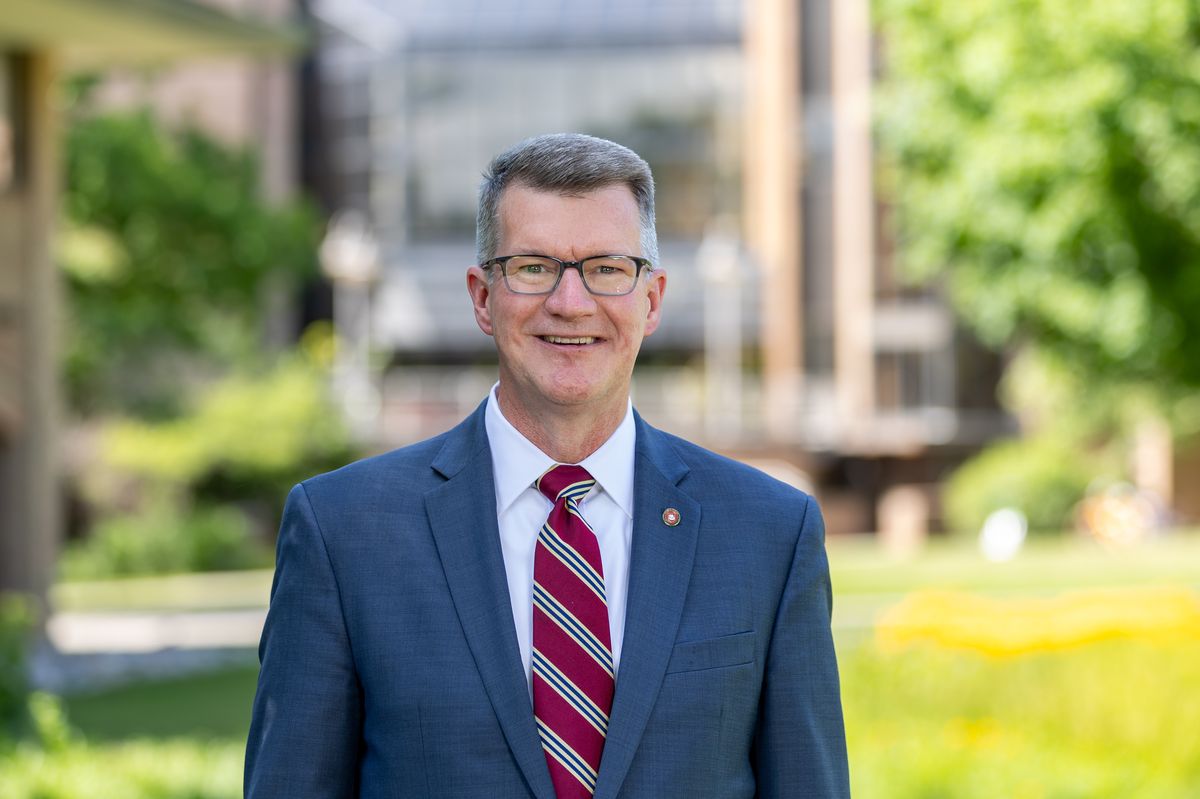According to data released by the U.S. Department of Education, Calvin students have a low loan default rate compared to students at other institutions of higher learning around the nation.
Many students rely on loans from the federal government to help fund their education. After graduation, these loans must be paid back with interest.
“The loan default rate is typically the measurement used to determine if students are able to pay their loans back after graduation,” explained Paul Witte, director of financial aid at Calvin.
This rate is typically measured over a three-year period, so the most current data covers the fiscal years of 2009, 2010 and 2011.
“Calvin’s more recent rate [in the fiscal year 2011] is 2.5 percent compared to a 7.2 percent private college average and a 12.9 percent public university average.”
Over the past three fiscal years, the loan default rate of Calvin students has gone from 2.5 percent to 2.9 percent and back to 2.5 percent, a consistently low percentage.
In fact, the loan default rate at Calvin is nearly as low as that of Ivy League schools, where the default rates range from 0.9 percent at Yale to 2.3 percent at Princeton.
In comparison, Michigan State has a default rate of 5.7 percent, Western has a default rate of 7.7 percent and Grand Valley has a default rate of 5.1 percent.
Witte explained that a low loan default rate is significant because it means that Calvin graduates are having less trouble paying off their loans than graduates at many other institutions, as the total national average is a 12 percent default rate on loans.
“That informs the public that [Calvin] graduates are obtaining jobs and careers at a level that enables them to pay back their loans at a rate much greater than other institutions,” explained Witte.
This is backed up by the fact that 95.9 percent of Calvin’s 2012 graduates are either professionally employed or in graduate school.
The low rate of default on loans “is one measure of the return on investment for graduates of Calvin,” said Witte.







